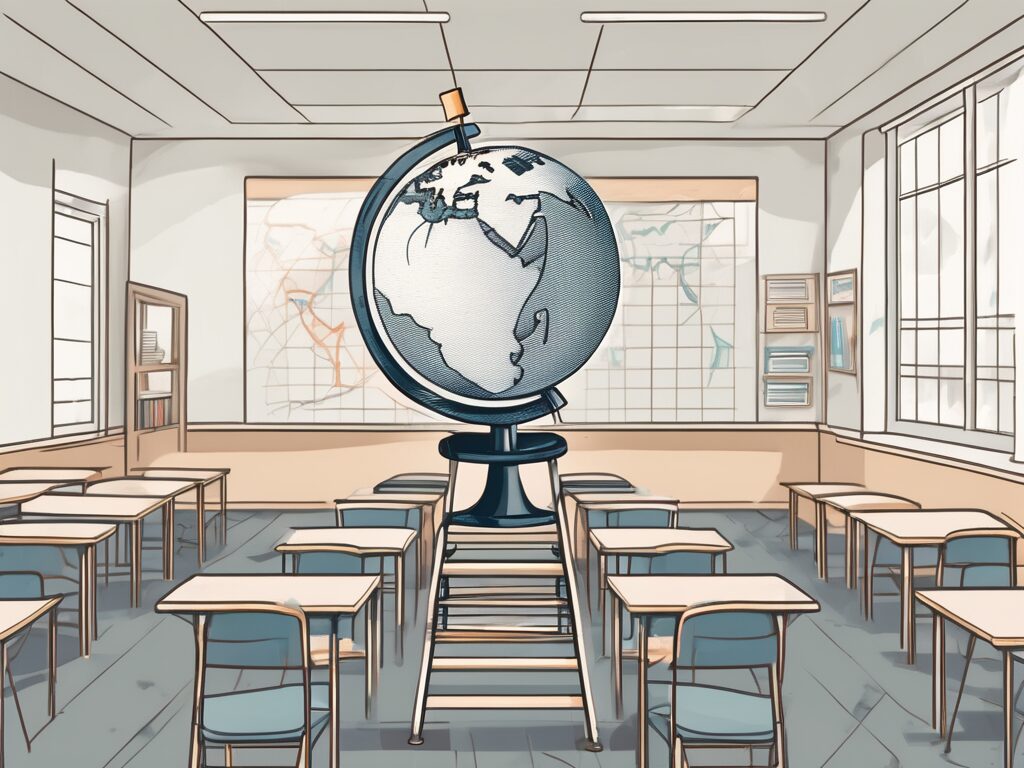What is a Common Challenge in Multicultural Education?
Multicultural education is a vital component of modern teaching, especially for those aspiring to work in international settings. However, it comes with its own set of challenges. In this article, we will explore these challenges and provide insights on how to navigate them effectively.
Why is Multicultural Education Important for Aspiring International Teachers?
In today’s globalized world, classrooms are becoming increasingly diverse. Understanding multicultural education is crucial for teachers who wish to work internationally. According to recent job market trends, schools are actively seeking educators who can manage diverse classrooms effectively. This skill not only enhances teaching quality but also increases job opportunities and career advancement.
Key Skills or Qualifications Required
To excel in multicultural education, aspiring teachers need specific skills and qualifications:
- Cultural Competence: Understanding and respecting cultural differences.
- Communication Skills: Ability to communicate effectively with students from various backgrounds.
- Adaptability: Flexibility to adjust teaching methods to suit diverse learning needs.
- Certification: Qualifications such as TESOL or CELTA can be beneficial.
Steps to Get Started
For those looking to enter the field of multicultural education, here are some steps to consider:
- Obtain relevant certifications like TESOL or CELTA.
- Gain experience by volunteering or working in diverse educational settings.
- Engage in professional development courses focused on multicultural education.
Challenges and How to Overcome Them
One common challenge in multicultural education is language barriers. Teachers can overcome this by learning basic phrases in their students’ languages and using visual aids. Another challenge is cultural misunderstandings, which can be mitigated by fostering an inclusive classroom environment and encouraging open dialogue.
Best Practices and Tips for Success
Here are some best practices for success in multicultural education:
- Incorporate diverse perspectives into the curriculum.
- Use culturally relevant teaching materials.
- Encourage students to share their cultural backgrounds.
- Continuously seek feedback from students to improve teaching methods.
Conclusion
Multicultural education presents unique challenges, but with the right skills and strategies, aspiring international teachers can turn these challenges into opportunities for growth. By embracing diversity, educators can create enriching learning environments that benefit all students.
Want to become a teacher in a Tier 1 international school? Join the course here.

